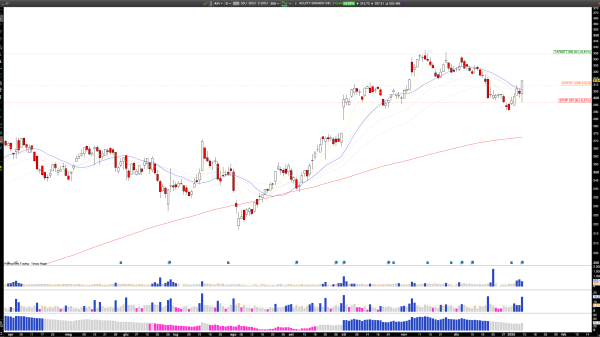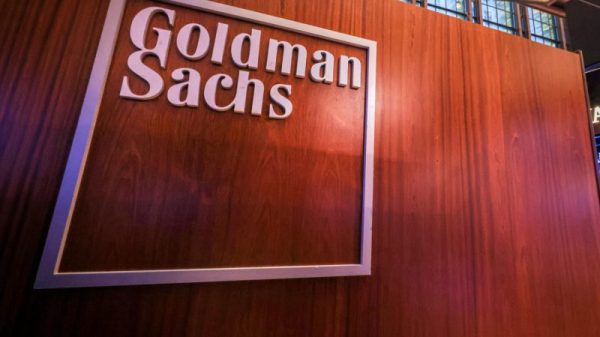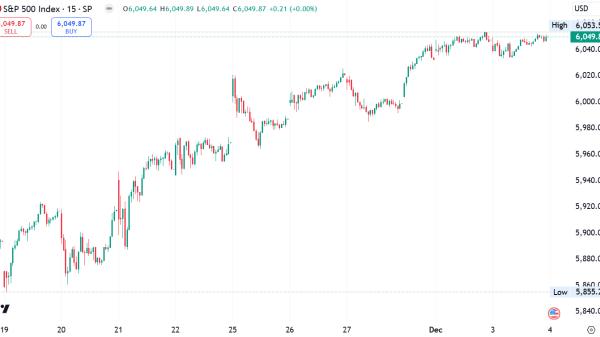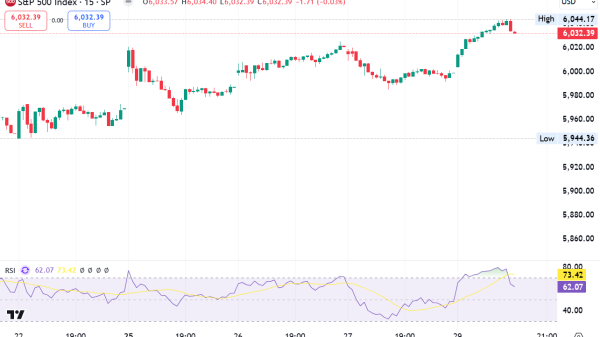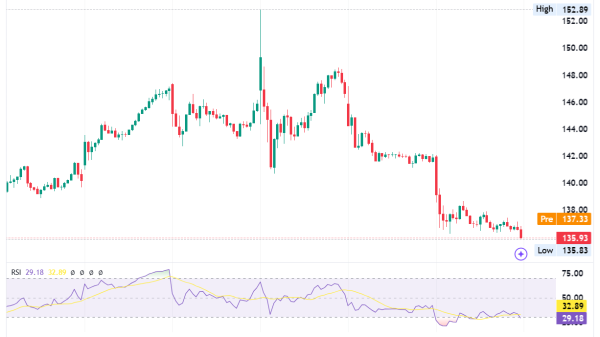Consumer price growth cooled again in May to the lowest level since March 2021, the Bureau of Labor Statistics reported Tuesday.
On an annual basis, price growth fell to 4%. Price growth climbed just 0.1% month-over-month.
The reading was slightly better than economists’ forecast of 4.1% — and down significantly from 4.9% rate in April. On a monthly basis, the forecast was for a 0.1% increase, lower than April’s 0.4% reading.
A selection of canned soups at a Tops Super Market in Greenville, N.Y.Robert Nickelsberg / Getty Images file
The data shows that inflation — and the high prices that result from it — is finally starting to meaningfully come down.
Especially notable was lower growth in the price of services, like medical services and air travel. This is a key category the Federal Reserve has been watching because it’s been the slowest to come down. For May, the ‘core’ services category, excluding housing costs, fell from 5.1% to 4.6% year over year.
Declines were seen across the board — but food price growth continues to accelerate faster than other categories, climbing 6.7% overall year on year. Food-at-home prices rose 5.8% while prices for food away from home climbed 8.3%.
Nearly one year after inflation peaked at a 40-year high of more than 9%, analysts are now debating just how fast inflation will continue to fall.
Some things aren’t falling as dramatically
In a note to clients Monday, economists at Citibank said workers’ pay increases continue to be substantial at about 6% since March 2022. It’s a pace, they say, that is ‘consistent with underlying price inflation stably around 4.5% to 5%.’
Groceries are also continuing to see rapid increases. Prices for food ordered online climbed 8.2% over the past 12 months in May, according to data from the Adobe Digital Price Index, a separate reading unrelated to the inflation data published by the U.S. Labor Department.
While that metric is down from the 14.3% high last September, consumers are increasingly buying more of their groceries online, according to the Adobe data. As a result, the category has generally moved in lock step with the official Consumer Price Index.
Food prices are influenced by the same forces as other sectors, including higher wage costs, said Jayson Lusk, a professor and head of the Department of Agricultural Economics at Purdue University. In an interview, Lusk noted wages in the food service industry have jumped more than 20% for food and beverage retailers compared with pre-pandemic levels.
‘The cost of agriculture relative to other costs for food is small; it’s mainly labor, transportation, and real estate,’ Lusk said. ‘So if you’re looking at causes, it’s probably in those spaces.’
Central bankers make their move next
The Federal Reserve is still hoping to cool the overall inflation rate to 2%. On Wednesday, it will announce its latest interest rate policy, and is expected to hold the key federal funds rate at about 5% following 10 consecutive rate hikes since March last year.
By making it more expensive to borrow and invest, the Fed hopes to reduce demand for goods and services in the economy.
Though mindful of the consumer impact of price increases, the Fed tends to discount changes in food and gas prices, which are usually volatile.
Instead, it is now focused on price increases in services like the cost of travel, which includes airfare and hotel expenses. Those continue to surge, which is likely to keep inflation elevated.
“[The] magnitude of [service] price increase has failed to slow enough to be comfortable that inflation is firmly on a path to 2%,” Joe Davis, chief global economist at Vanguard, and Andrew Patterson, a senior international economist at Vanguard, said in a statement. They pointed to ongoing increases in wages as one reason this measure has proven sticky.
‘An easing in labor market pressures will be key in lowering this component,’ they wrote.
In a follow-up phone interview, Patterson noted employment in leisure and hospitality still has not reached pre-pandemic levels, which is causing pay in lower-wage industries to rise.
‘It’s taking longer than anticipated to resupply the workforce,’ Patterson said.
He added that if these workers continue to experience higher household inflation, they are more likely to demand higher wages.
‘That dynamic will take time to change,’ Patterson said.





